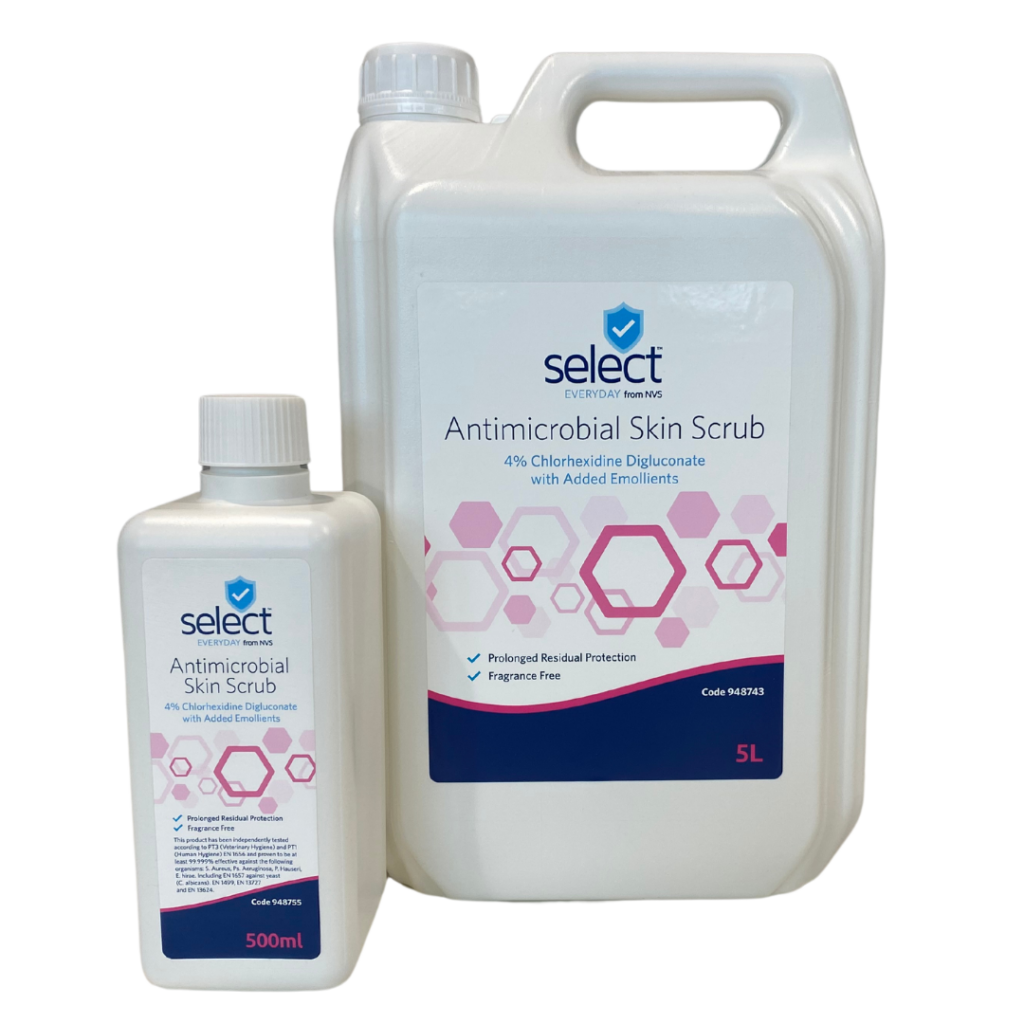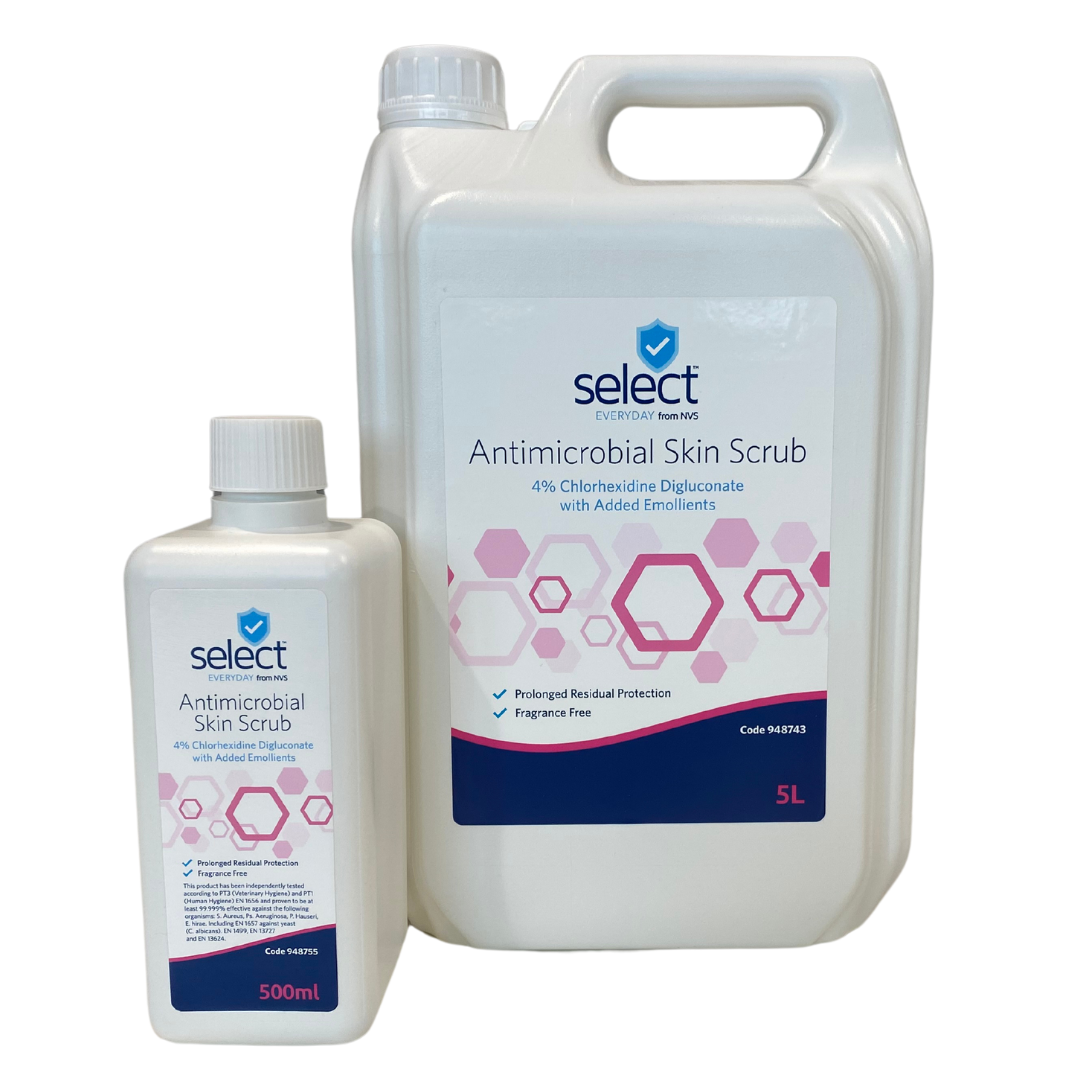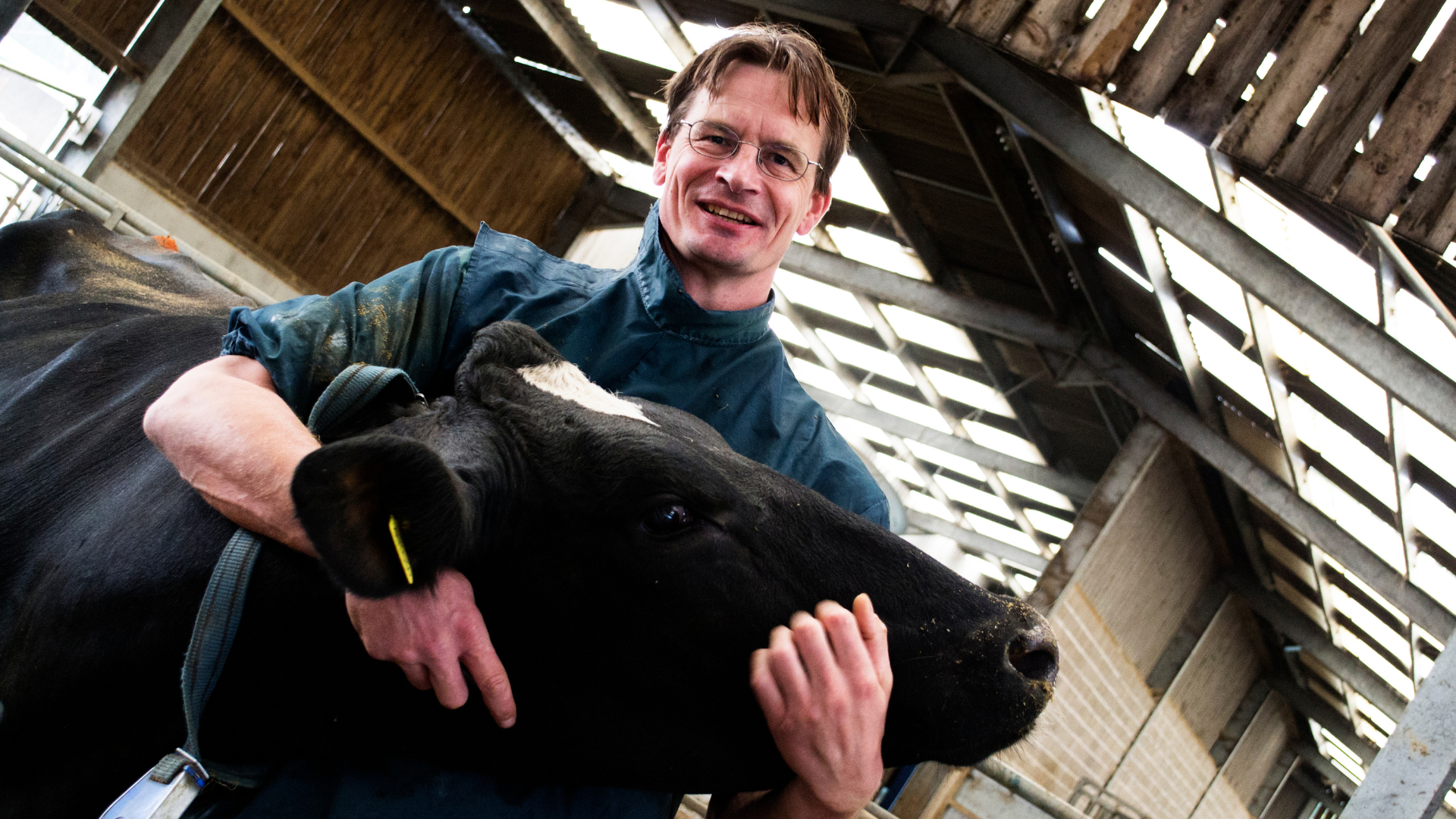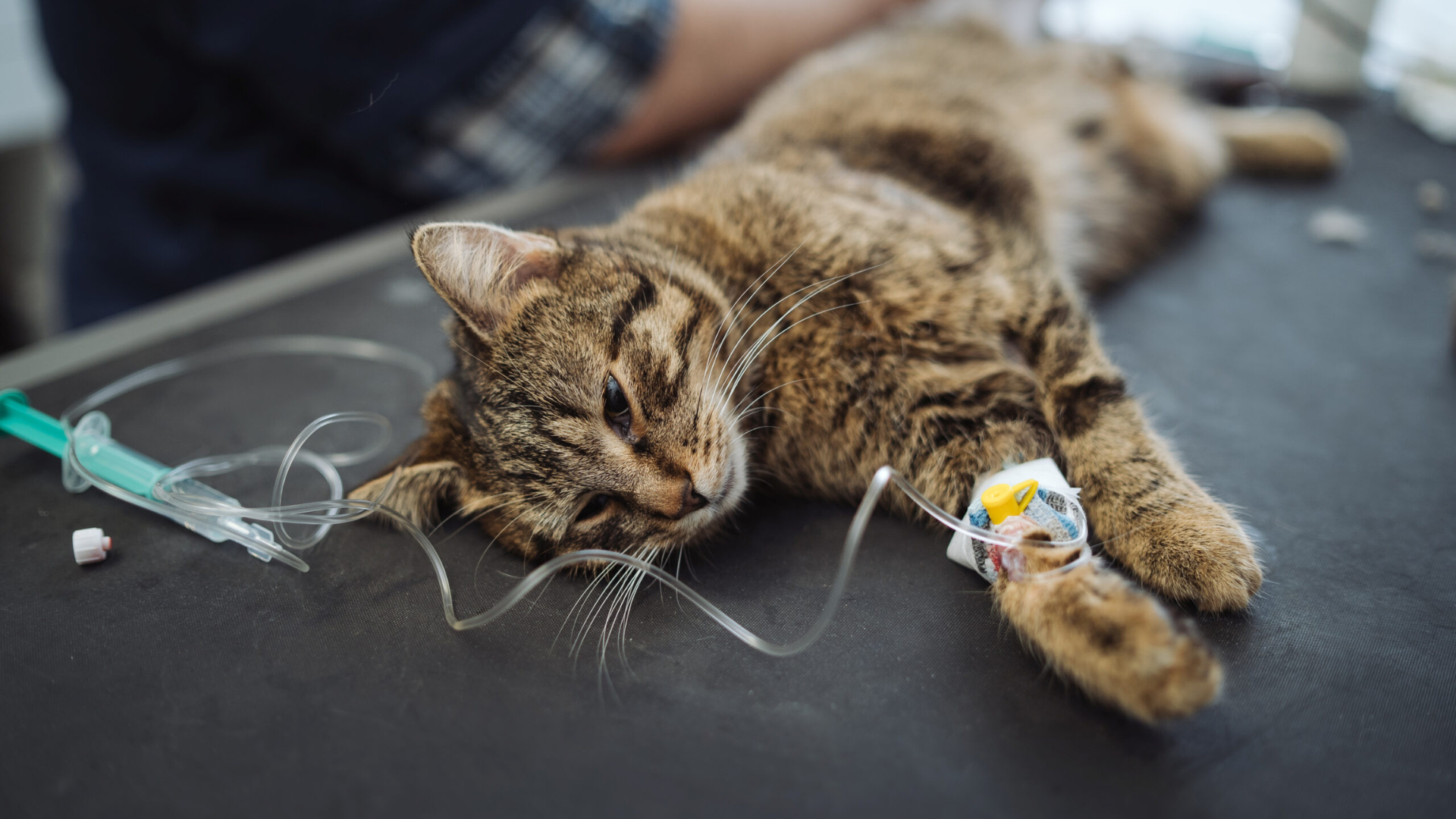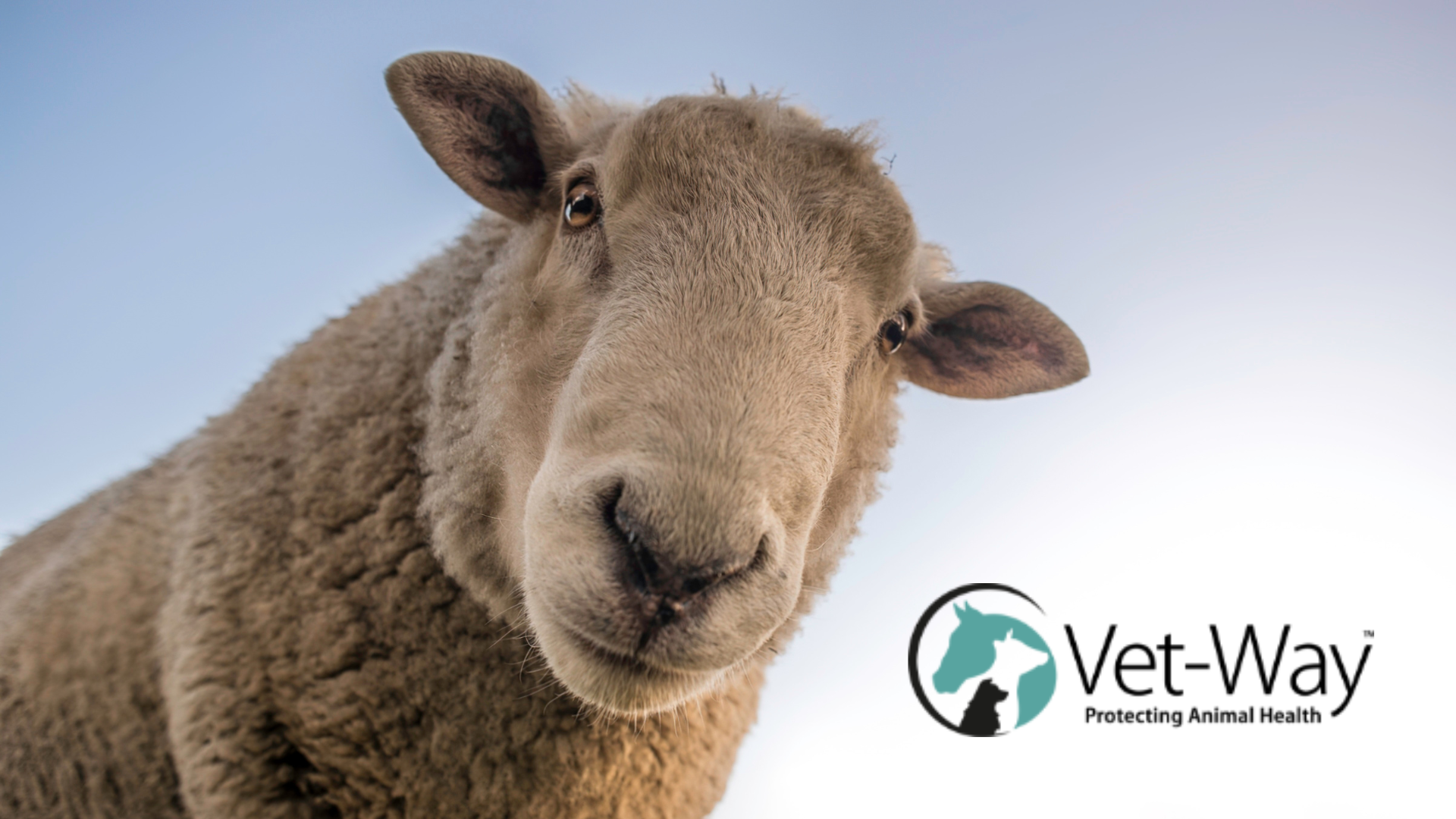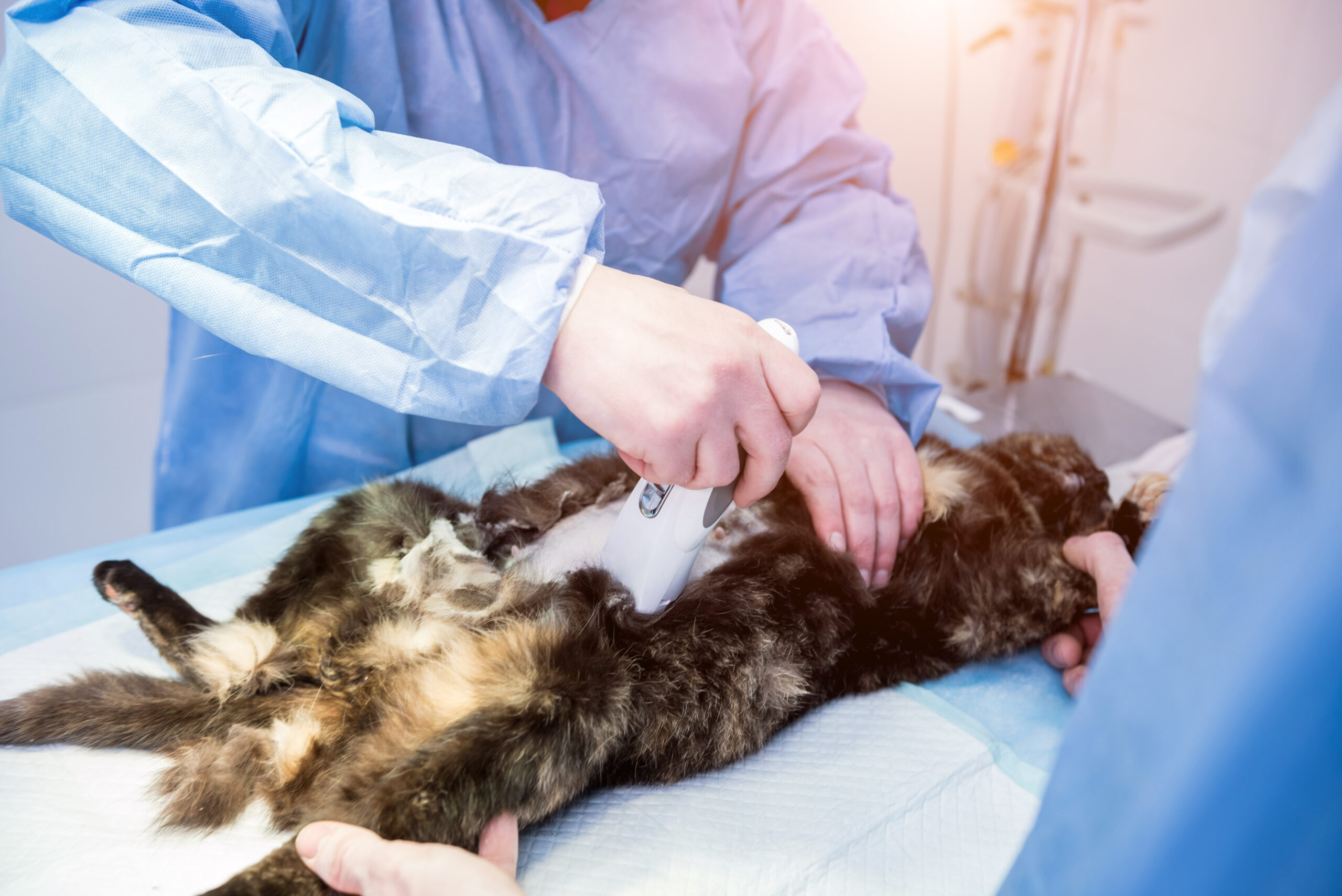
By Kara Franklin, MD, Vet Way® Ltd, manufacturers and distributors of high-quality veterinary-grade chemicals and consumables.
In the ever-evolving landscape of veterinary medicine, the importance of maintaining rigorous hygiene standards cannot be overstated. As veterinary professionals, we are entrusted with the health and well-being of our animal patients, and this responsibility extends across our practices.
One of the cornerstones of surgical hygiene is the use of effective antimicrobial products, with high-quality, compliant, veterinary-grade chlorhexidine scrub being a non-negotiable choice.
Rigorous testing behind quality assurance
Recent advancements in veterinary hygiene products have led to the production of high-performance 4% chlorhexidine scrubs, such as Select from NVS’s Antimicrobial Skin Scrub, that have undergone extensive EN testing.
The Select scrub has been evaluated against a spectrum of pathogens, including bacteria, enveloped viruses, and yeast. Specifically, the product has been rigorously tested under the PT1 (human hygiene) and PT3 (veterinary hygiene) protocols, ensuring that it meets the highest standards for both human and animal health.
The pink dye used in Veterinary Surgical Scrub brands like Select and VetHands has been iconic for many years, giving users a clear visual indication of the volume of product required when diluting before use.
The dye used in the Select from NVS Scrub has been carefully selected for its dermatologically sympathetic compounds, widely used in UK food manufacturing. With less than 0.01% concentration of dye used, we are confident, through dermatological testing, that the scrub is kind to your hands as well as the skin of animals.
This product has also received approval for use during surgical hand washing, a critical step in preventing postoperative infections. Surgical hand hygiene is not just a procedural formality; it is a vital practice that significantly reduces the risk of infection. By utilising a 4% chlorhexidine scrub, such as Select from NVS’s Antimicrobial Skin Scrub, which has been validated against stringent testing protocols, veterinary professionals can ensure they are making informed choices for their patients.
The dangers of compromising quality
While the market is flooded with numerous antimicrobial scrubs, the allure of cheaper alternatives can be tempting. However, using subpar products can lead to dire consequences for both the animal patients and the veterinary practice itself. Inadequate scrubs may not effectively eliminate harmful pathogens, thereby increasing the risk of surgical site infections and complicating recovery.
Furthermore, compromised hygiene can lead to a longer recovery period, increased treatment costs, and a higher likelihood of adverse outcomes. The welfare of our patients is paramount, and every veterinary professional should recognise that cutting corners on hygiene can have far-reaching ramifications.
Best practices for surgical hygiene
To uphold the highest standards of care, veterinary practices should adopt the following best practices:
#1. Select a reputable product – Do your research!
Always opt for a veterinary grade 4% chlorhexidine scrub that has been rigorously tested and approved for surgical use. Ensure that the product meets the EN standards and has proven efficacy against a wide range of pathogens.
#2. Training and Compliance
Regularly train staff on the importance of surgical hygiene and the correct use of antimicrobials. Ensure that everyone understands the protocols and the implications of non-compliance.
#3. Conduct Regular Audits
Conduct periodic reviews of hygiene practices within the facility. This can help identify areas for improvement and reinforce the commitment to maintaining high standards.
#4. Stay Informed
The field of veterinary medicine is constantly evolving. Stay updated on the latest research and guidelines regarding surgical hygiene practices and products.
#5. Promote a Culture of Safety
Foster an environment where every team member feels responsible for infection control. Encourage open discussions about hygiene practices and any potential concerns.
Conclusion
The use of a high-quality, compliant veterinary grade 4% chlorhexidine scrub is not merely an option; it is an essential component of successful surgical practices.
By prioritising effective antimicrobials that have undergone rigorous testing, veterinary professionals can safeguard their patients’ welfare and ensure optimal surgical outcomes. Investing in quality products is a commitment to excellence in veterinary medicine and a testament to the care we owe to our animal patients. Let us uphold the highest standards of hygiene, ensuring that our practices are not only compliant but also exemplary in protecting those we serve.
Select from NVS 4% Chlorhexidine Surgical Scrub
A professional formulation of 4% Chlorhexidine Digluconate with an Amine Oxide base, blended with emollients to reduce the risk of skin irritation during use.
Select from NVS collaborates with Vet Way® on our Select Everyday chemicals range – find out more about the full product range.
More about the author:
Kara Franklin, MD, Vet Way® Ltd

Kara Franklin is the Managing Director of Vet Way Ltd, a well-established company specialising in the manufacture and distribution of large animal chemical products and consumables. With over a decade of senior leadership experience, Kara has been instrumental in driving the company’s commitment to quality and compliance, empowering UK distribution partners and guiding them through tailored private label solutions. She prioritises technical support and education, ensuring that partners are equipped to deliver the best possible products to UK Vet practices.
Rooted in a Yorkshire farming family, Kara has a deep-seated passion for ‘best practice’ in livestock farming. In addition to her professional pursuits, she is actively involved in British Eventing, where she competes with her young horses, blending her love for agriculture with her dedication to equestrian sports.
The article was originally posted in The Cube magazine, February 2025 issue. Click here to read the magazine.
